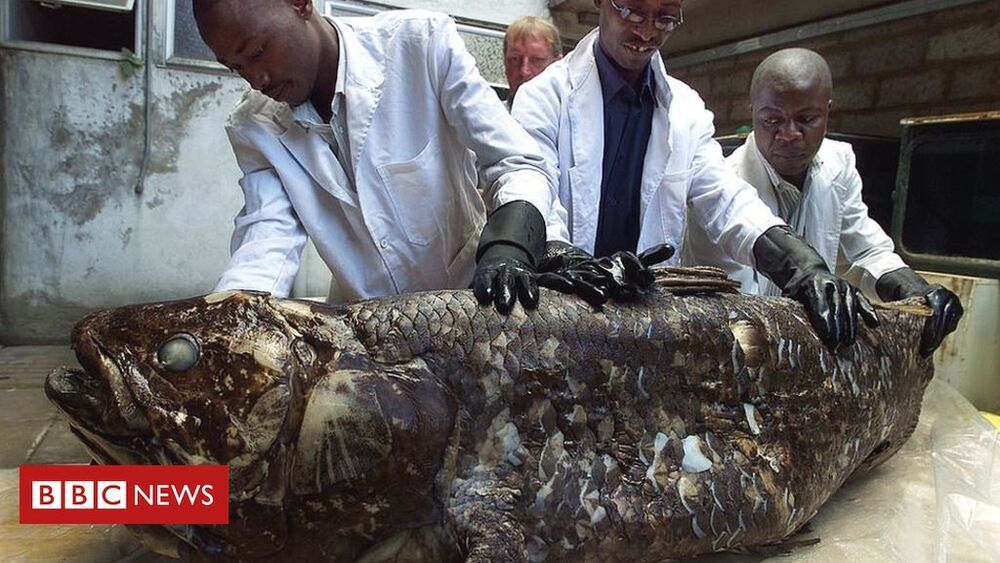Infinite search parameters for Google search engine achieved.
Webmaster Level: Advanced.
Your site’s news feed or pinboard might use infinite scroll —much to your users’ delight! When it comes to delighting Googlebot, however, that can be another story. With infinite scroll, crawlers cannot always emulate manual user behavior—like scrolling or clicking a button to load more items—so they don’t always access all individual items in the feed or gallery. If crawlers can’t access your content, it’s unlikely to surface in search results.
To make sure that search engines can crawl individual items linked from an infinite scroll page, make sure that you or your content management system produces a paginated series (component pages) to go along with your infinite scroll.







